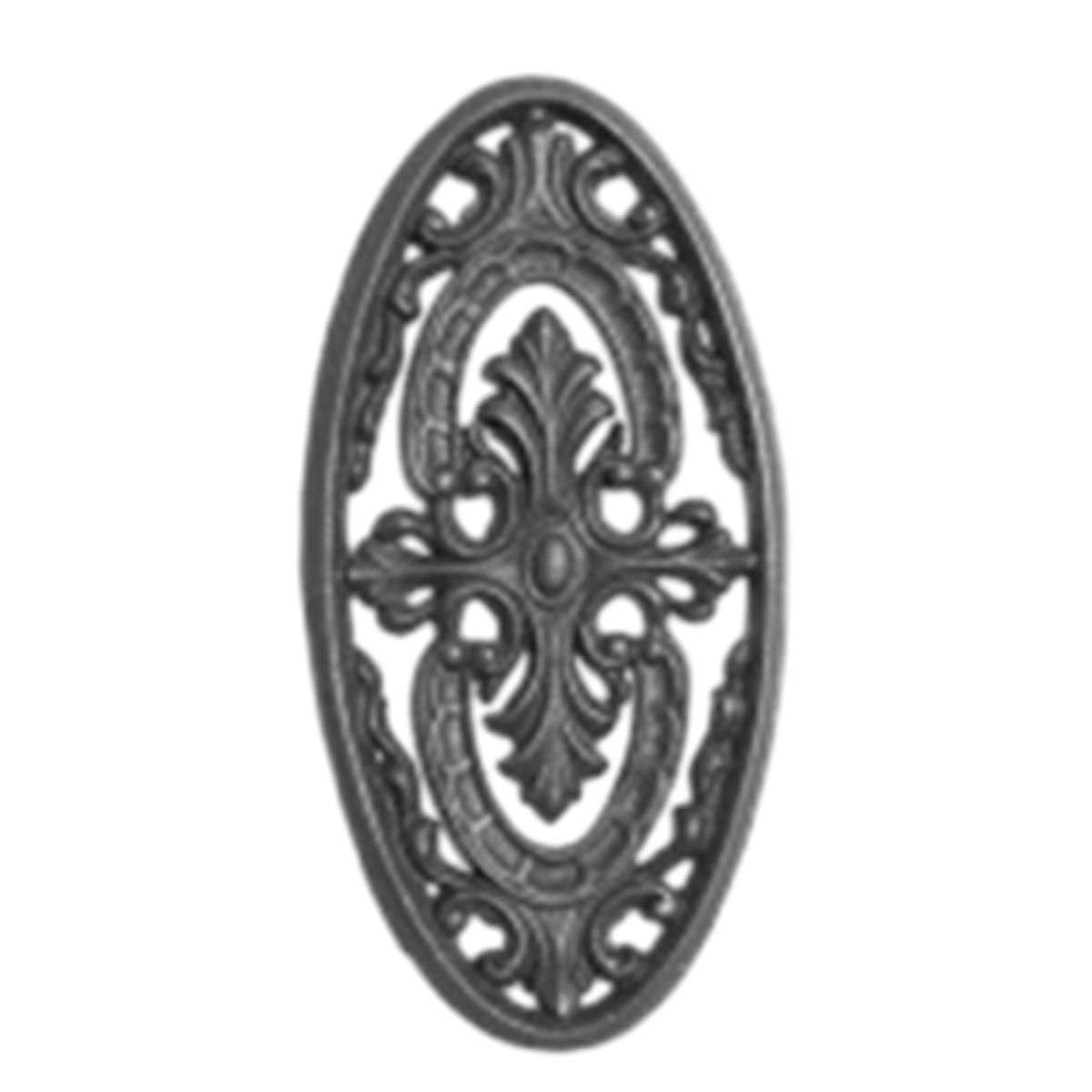Innovative Techniques and Trends in Metal Casting for Modern Manufacturing Industries
The Art and Science of Metal Casting
Metal casting is an ancient manufacturing process that has played a crucial role in shaping the modern world. This versatile technique involves pouring molten metal into a mold and allowing it to solidify, resulting in a desired shape. From everyday items to intricate components in aerospace and automotive industries, metal casting continues to be a fundamental production method.
There are several types of metal casting processes, each suited to different applications and materials. The most common methods include sand casting, investment casting, die casting, and centrifugal casting. Sand casting is one of the oldest and most widely used methods. It involves creating a mold from sand, which is then filled with molten metal. This method is particularly advantageous for large and heavy parts, as well as for small production runs.
Investment casting, also known as lost-wax casting, is another significant technique that provides excellent surface finish and dimensional accuracy. In this method, a wax pattern is coated with a ceramic material, which hardens to form a mold. Once the ceramic shell is formed, the wax is melted away, leaving a cavity for the molten metal. This process is especially useful for creating complex shapes and intricate designs for industries such as jewelry and aerospace.
Die casting, on the other hand, is a high-speed production method used primarily for manufacturing high volumes of small to medium-sized parts. In this process, molten metal is injected into a steel mold under high pressure, allowing for rapid production and tight tolerances. Die casting is prevalent in the automotive industry for producing components like engine blocks, transmission housings, and various other parts that require precision.
metal casting

Centrifugal casting is used for producing cylindrical parts such as pipes and tubes. This technique involves spinning a mold at high speeds, utilizing centrifugal force to distribute the molten metal evenly. This results in a denser and stronger final product, making it suitable for applications that require high strength and durability.
Regardless of the method used, metal casting offers several advantages. It allows for the production of complex shapes that would be difficult or impossible to achieve using other manufacturing techniques. Additionally, it provides flexibility in material choices, accommodating a variety of metals including iron, steel, aluminum, brass, and bronze.
As industries evolve and technology advances, metal casting continues to adapt. Innovations such as 3D printing for mold creation and advancements in alloy formulations are expanding the capabilities and applications of metal casting. Sustainable practices are also being integrated, with a focus on reducing waste and recycling materials.
In conclusion, metal casting is a time-honored technique that combines art and engineering. Its relevance remains strong in today’s manufacturing landscape, demonstrating the incredible potential of transforming molten metal into functional and aesthetic forms. The future of metal casting lies in embracing new technologies, improving efficiency, and meeting the challenges of an ever-changing industry.
-
Why Choose TJJ as Your Window and Door Hardware Manufacturer?NewsOct.28,2024
-
The Advantages of Cast Iron Stove Plates: A Timeless Choice for Your KitchenNewsOct.28,2024
-
Aluminium Windows Profiles: Benefits and FeaturesNewsOct.28,2024
-
Innovations in Cast Iron Panel TechnologyNewsOct.28,2024
-
The Benefits of Customizing Your Wrought Iron Fence PartsNewsOct.28,2024
-
The Immortal Legacy of Cast Iron Spears: From War to Decorative UseNewsOct.21,2024
-
 Why Choose TJJ as Your Window and Door Hardware Manufacturer?Oct-28-2024Why Choose TJJ as Your Window and Door Hardware Manufacturer?
Why Choose TJJ as Your Window and Door Hardware Manufacturer?Oct-28-2024Why Choose TJJ as Your Window and Door Hardware Manufacturer? -
 The Advantages of Cast Iron Stove Plates: A Timeless Choice for Your KitchenOct-28-2024The Advantages of Cast Iron Stove Plates: A Timeless Choice for Your Kitchen
The Advantages of Cast Iron Stove Plates: A Timeless Choice for Your KitchenOct-28-2024The Advantages of Cast Iron Stove Plates: A Timeless Choice for Your Kitchen -
 Aluminium Windows Profiles: Benefits and FeaturesOct-28-2024Aluminium Windows Profiles: Benefits and Features
Aluminium Windows Profiles: Benefits and FeaturesOct-28-2024Aluminium Windows Profiles: Benefits and Features












